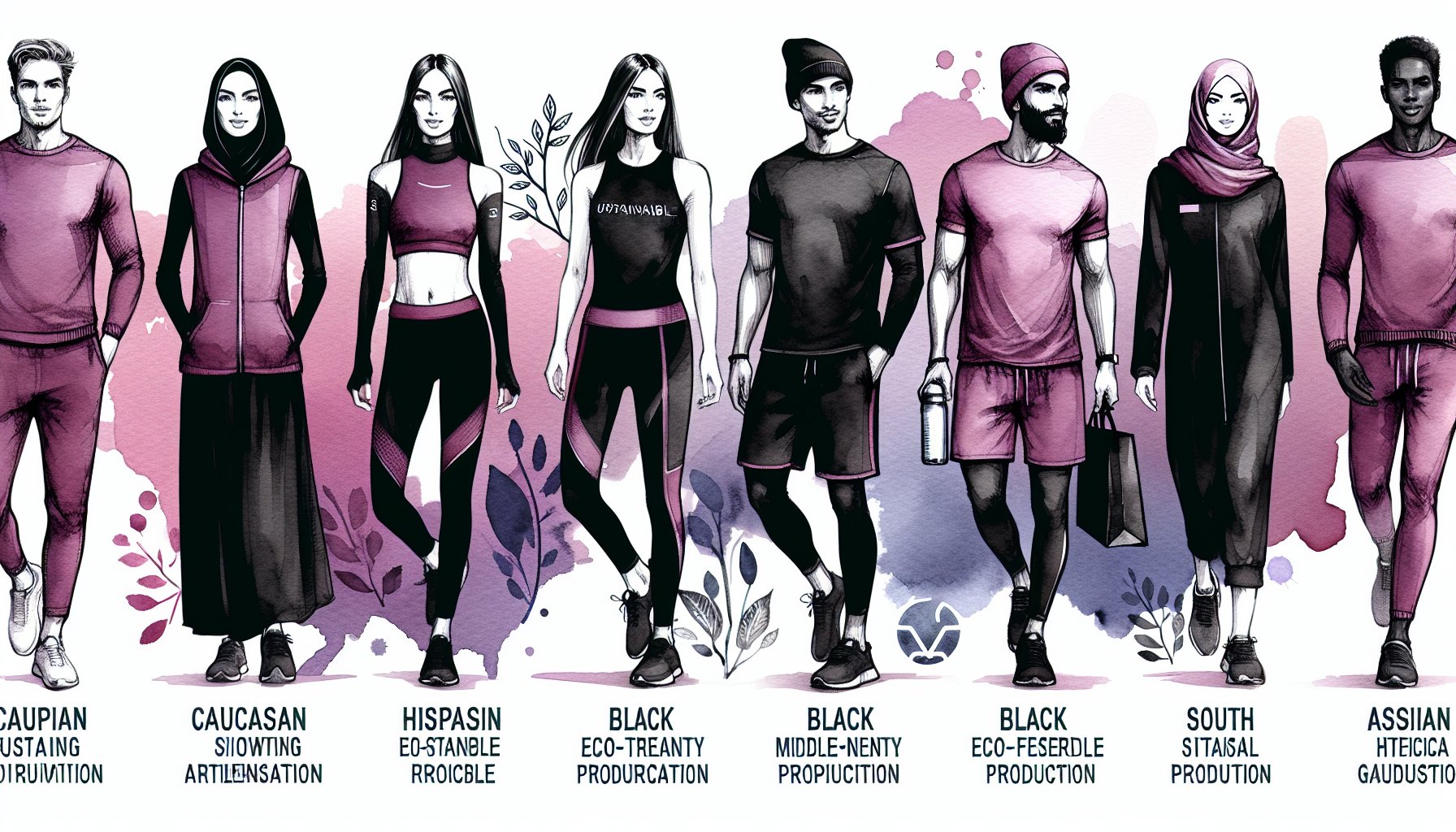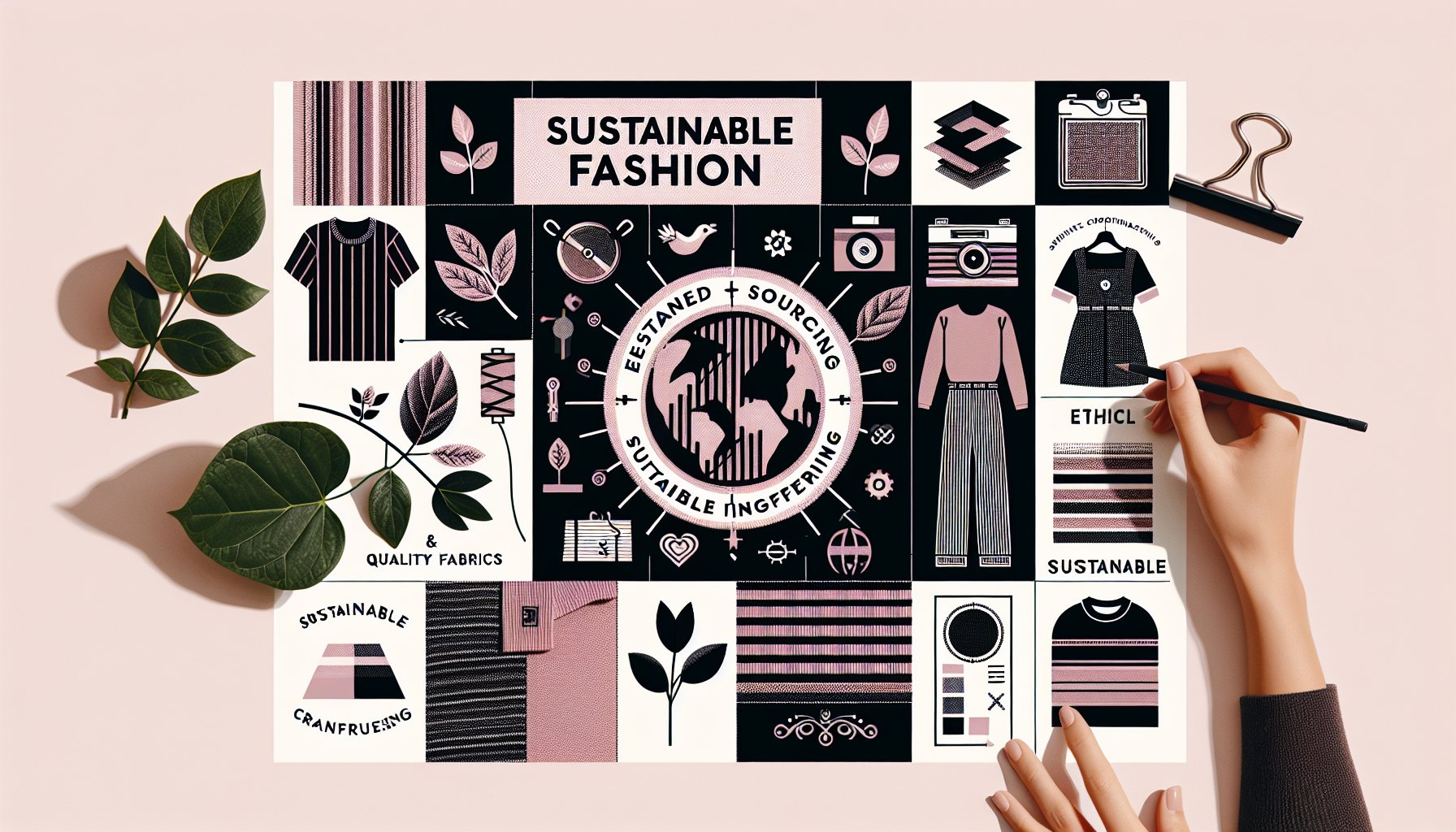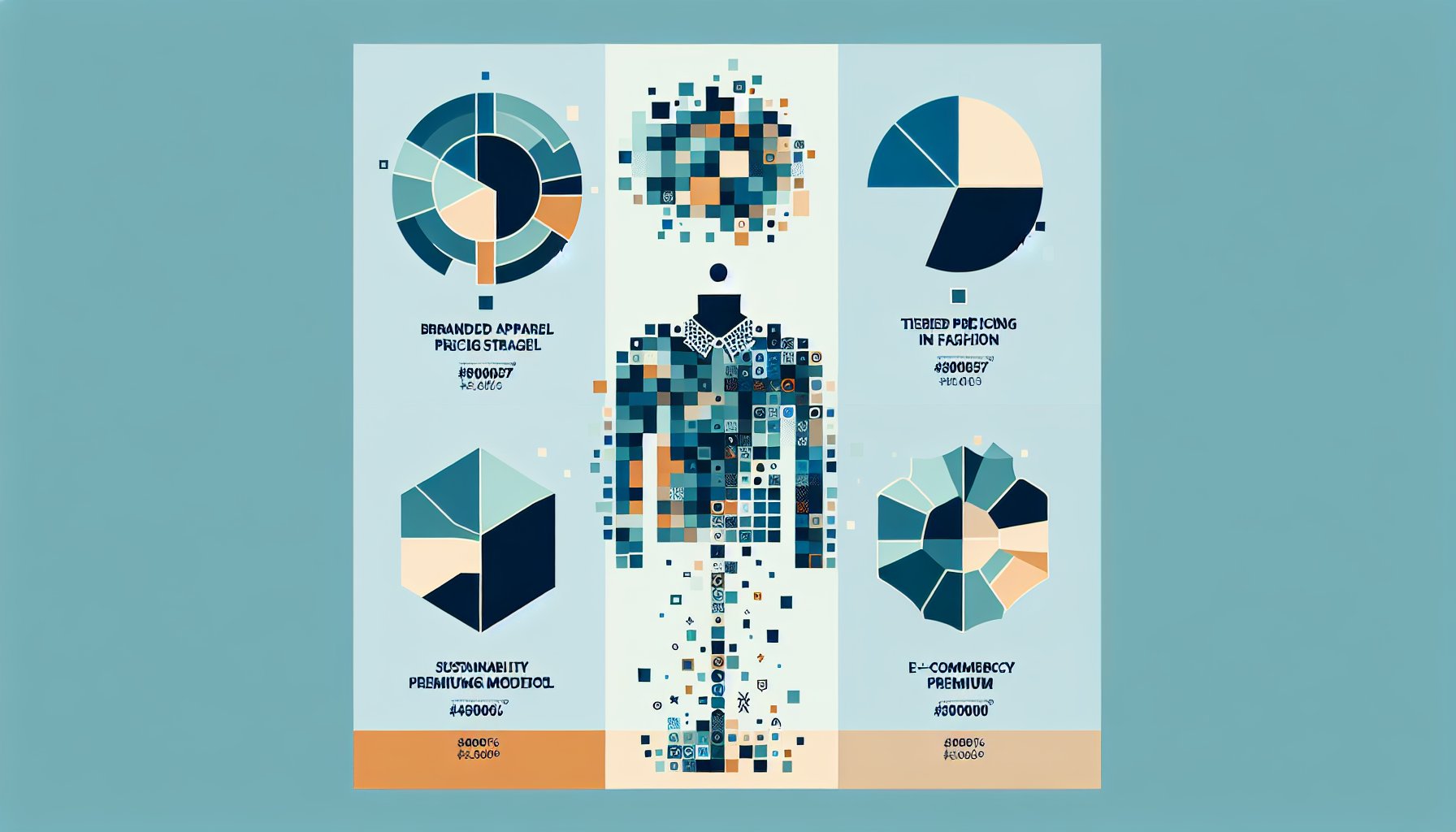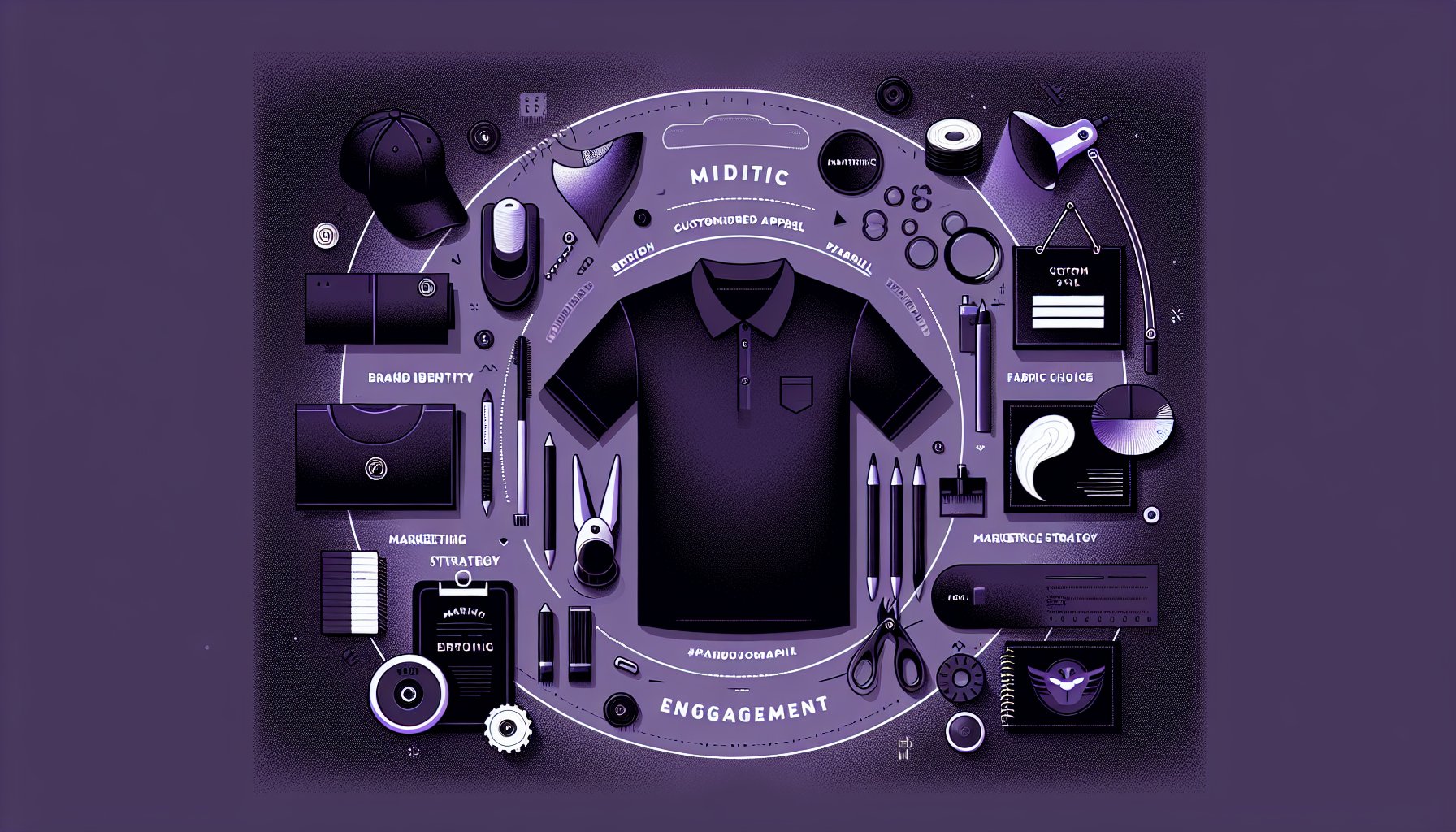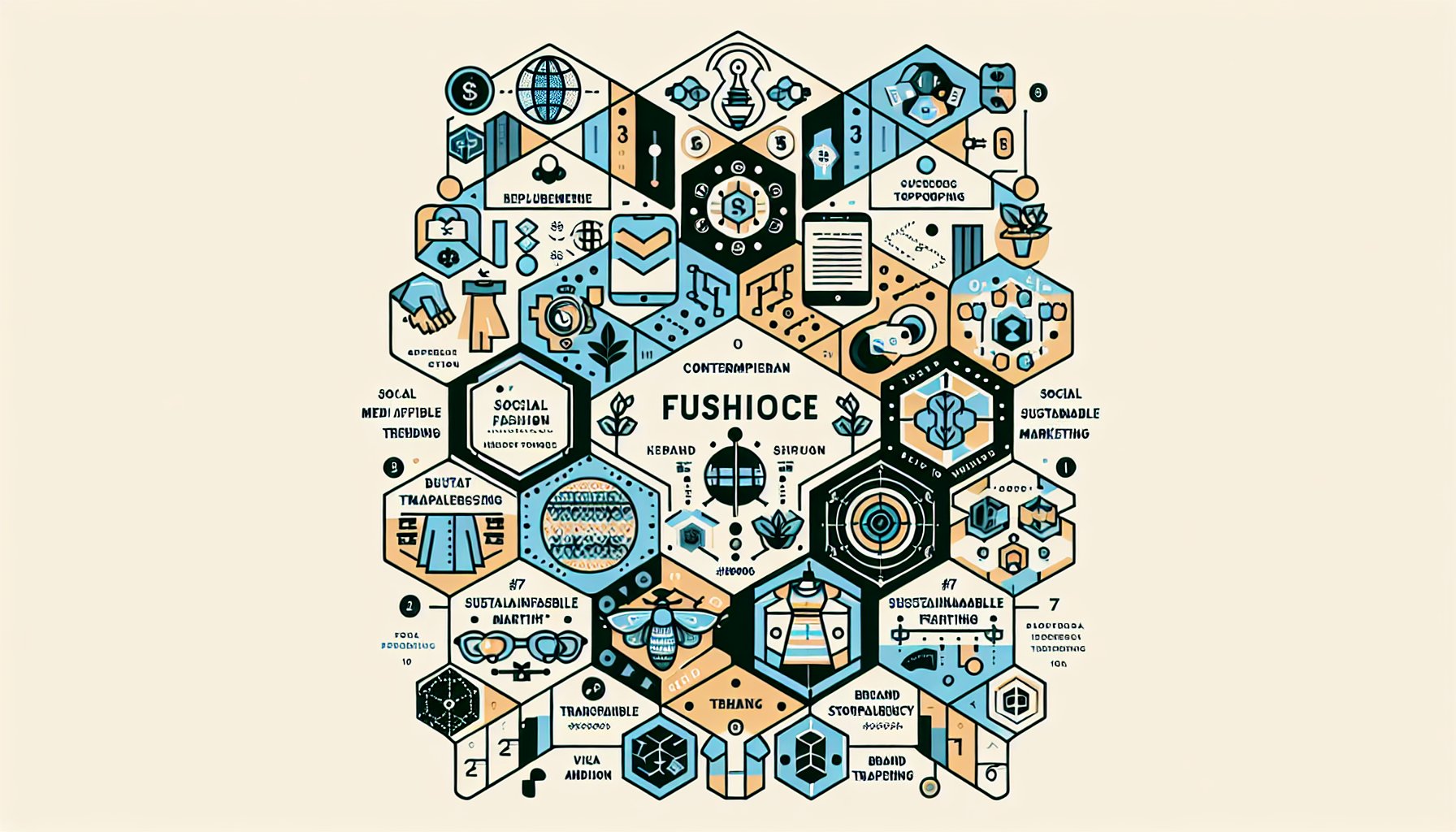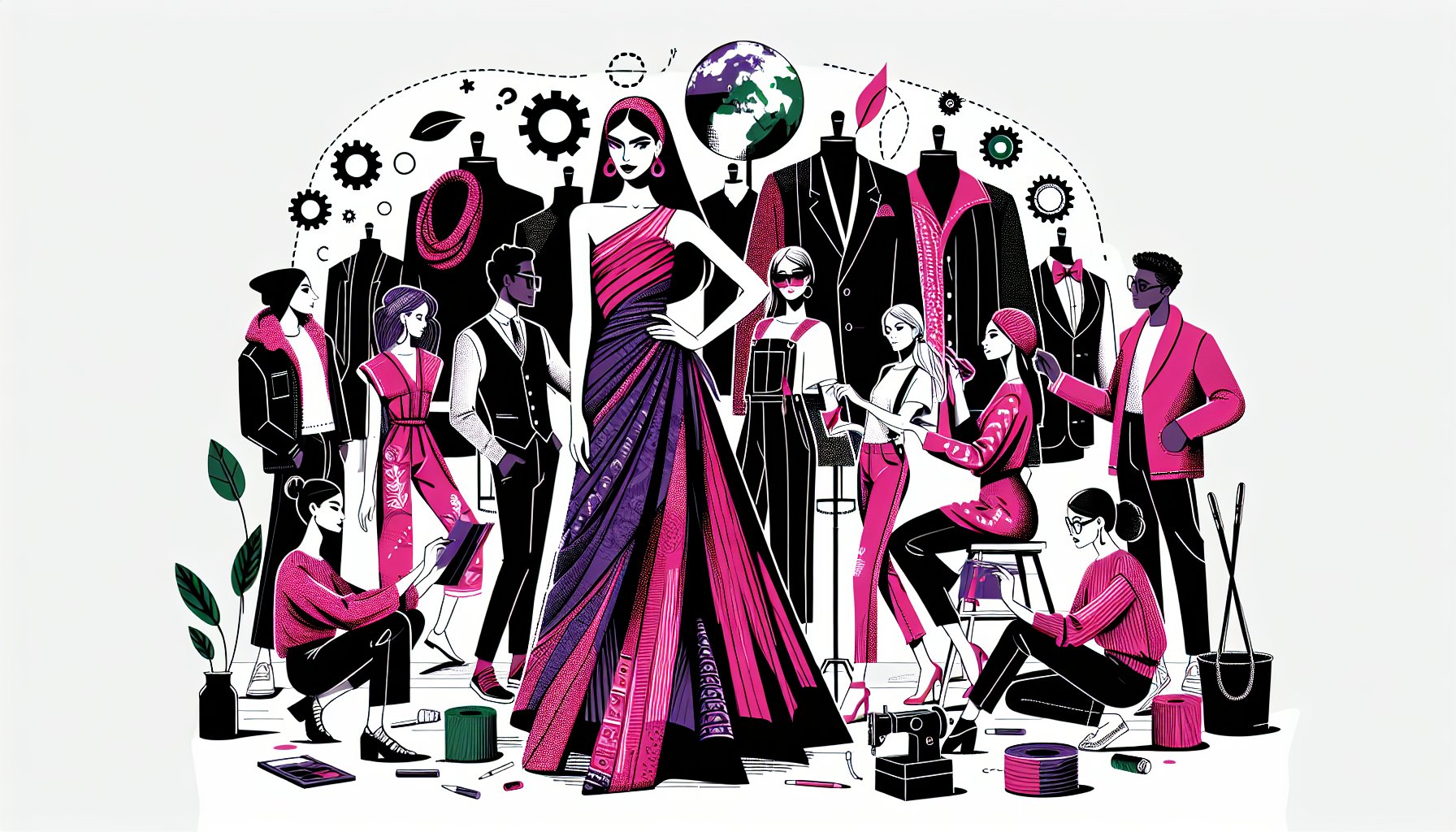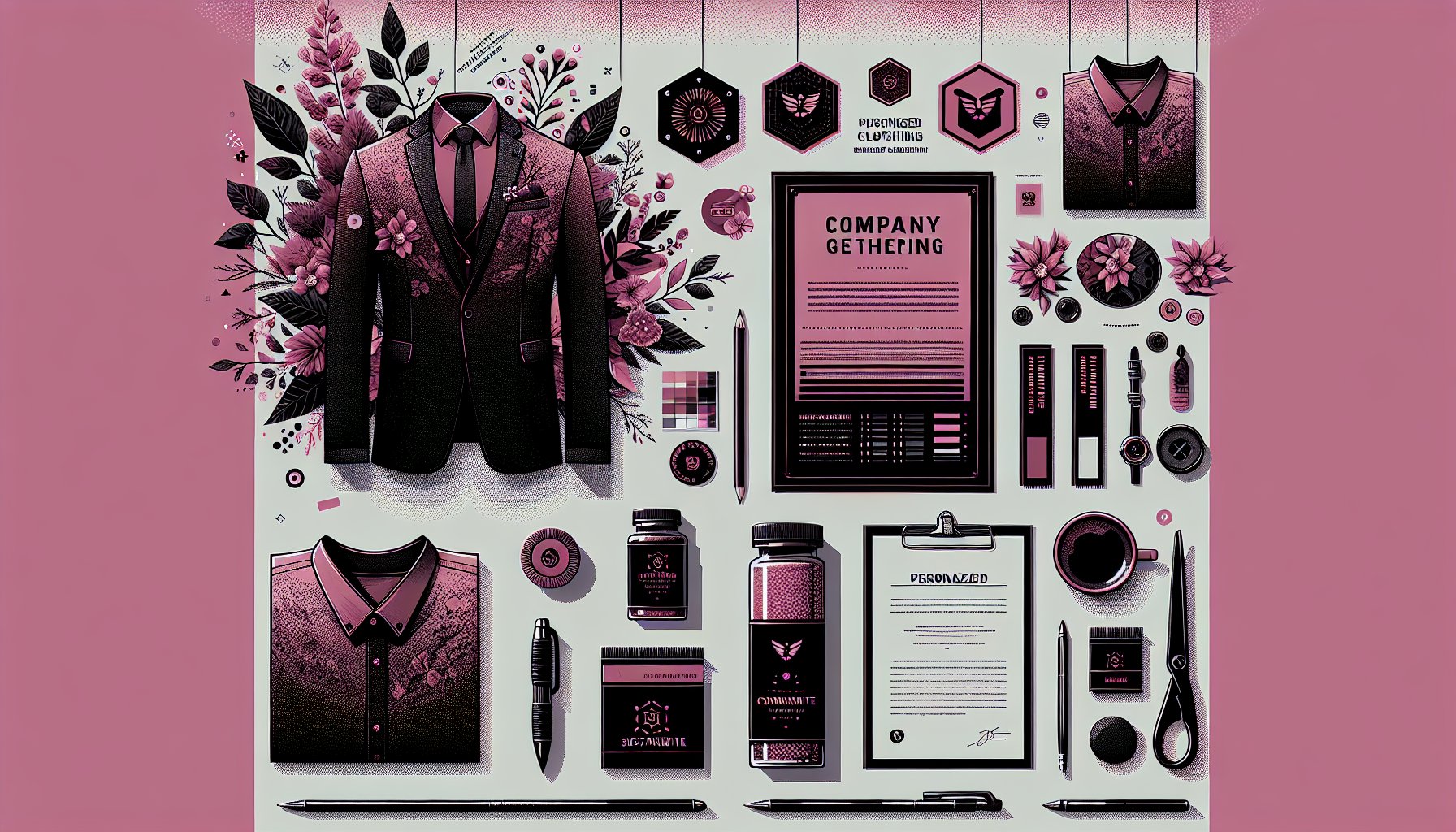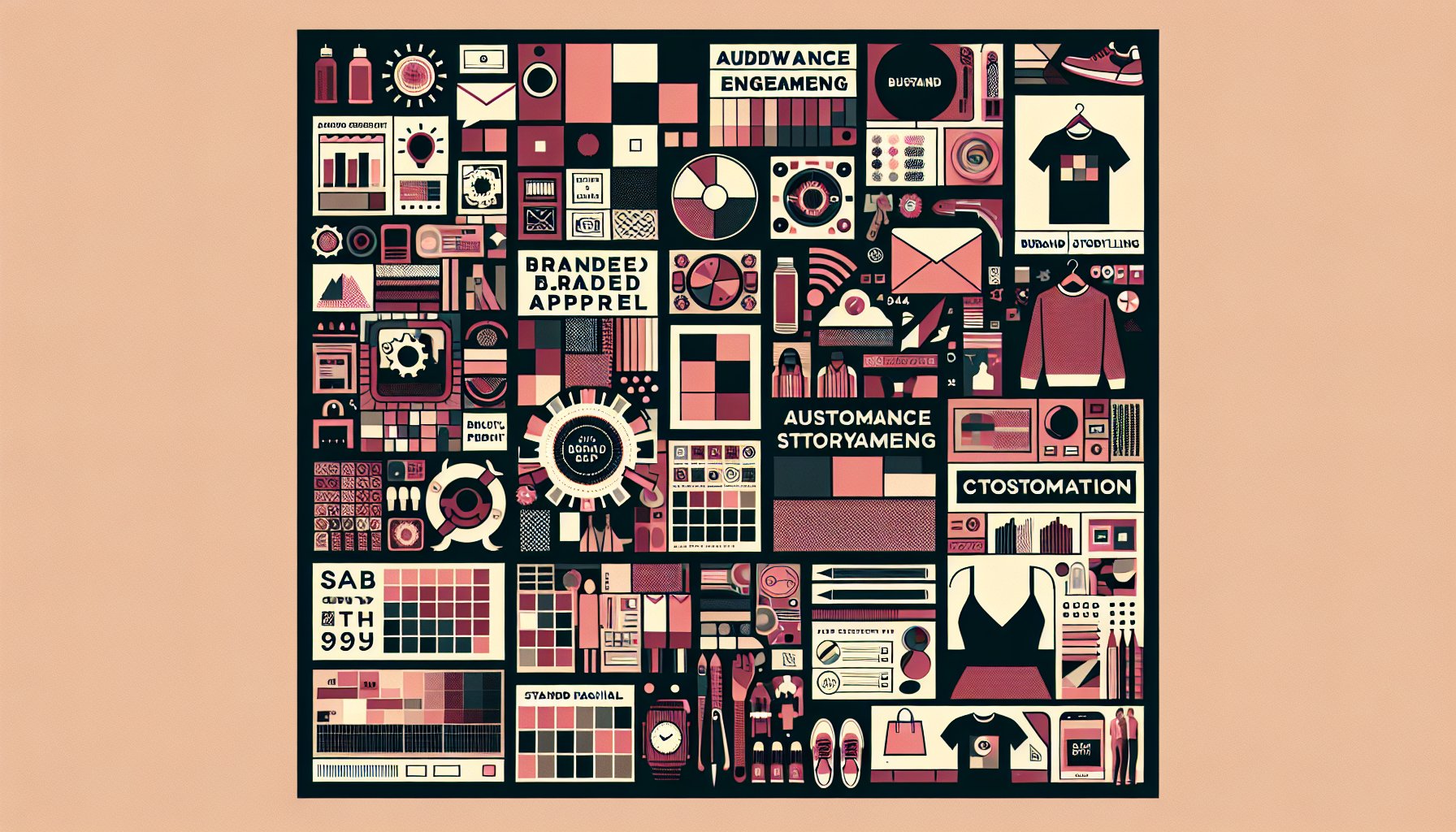Branded Apparel
The Impact of Sustainable Practices on Branded Apparel: A Deep Dive
Discover how sustainable practices are reshaping the branded apparel industry. From circular economies to conscious consumerism, learn about innovative solutions and the economic potential of sustainability in fashion. Join the movement for a greener future!
Sep 14, 2025
12 min read
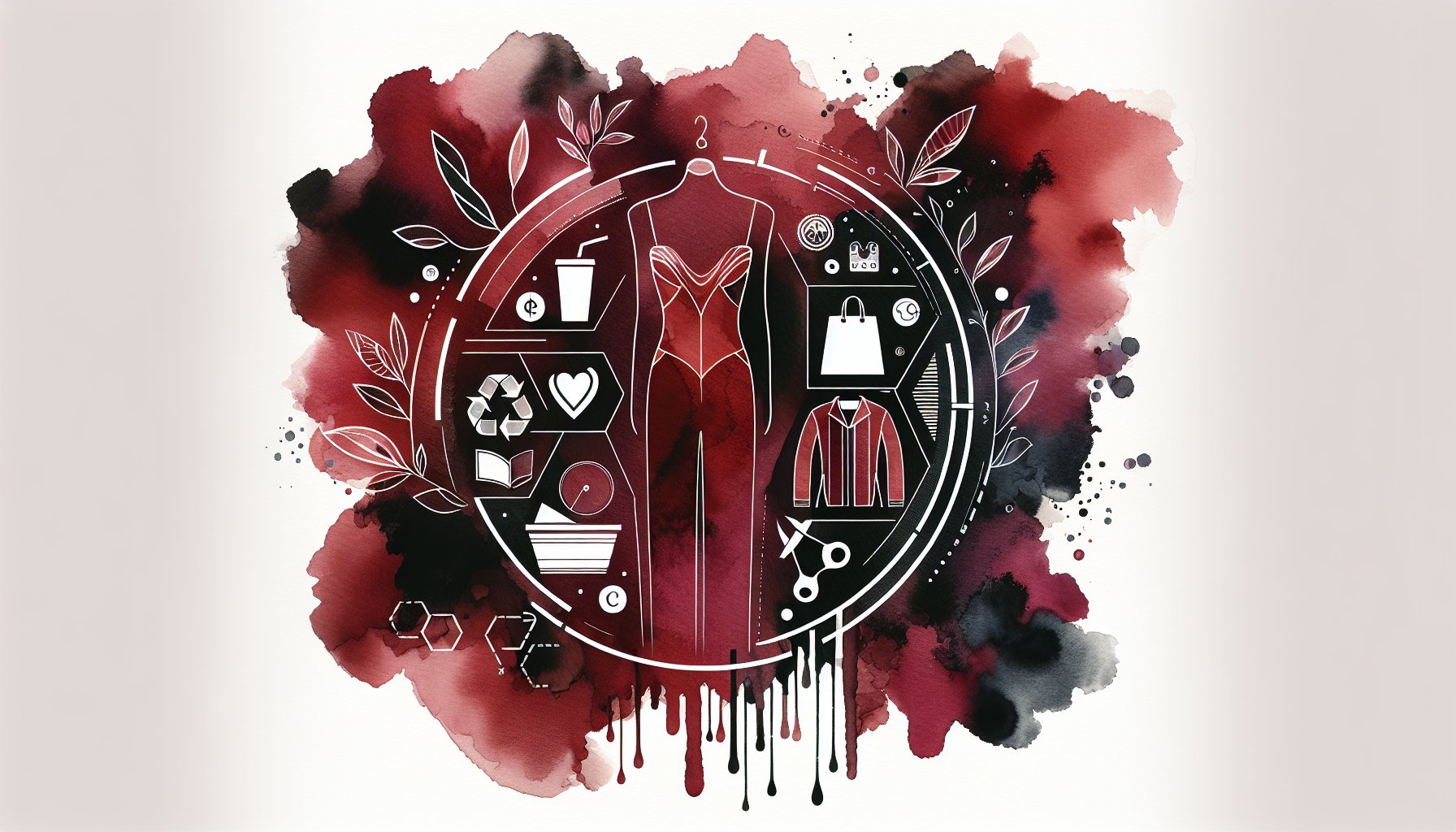
The Impact of Sustainable Practices on Branded Apparel: A Deep Dive
Green Threads: Weaving a New Fabric for Fashion
Welcome to the tangled web of the fashion industry! A place where the only constant is change, but where the threads of sustainability are still patchy at best. With a global valuation at a staggering USD 1.3 trillion and over 300 million people on its payroll, the apparel sector stands at a major crossroads. The old ‘take-make-dispose’ mindset just doesn’t cut it anymore. And if you’re wondering why, here's a fun fact: every second, a truckload of clothing is either landfilled or burned. That’s right, we’re talking a perpetual bonfire of old sweaters and yesterday’s jeans.
Enter the circular economy, a fancy term for crafting a zero-waste utopia. This model encourages us to design for reuse, regeneration, and recycling, rather than treating clothes like disposable tissues. The problem? Fast fashion. Brands like Shein keep the treadmill running at breakneck speeds, with production on hyperdrive and actual garment usage dropping by nearly 40% in the last decade. We’re all keeping up with the Kardashians, at a cost.
The way forward? Rethink business models and maybe stop buying outfits like we’re collecting Pokémon cards. Ideas like clothing rentals and subscription services are making waves, appealing to folks who’d rather have quality over quantity. Companies like Rent the Runway are shining examples, offering endless closet variety while fighting overconsumption head-on.
What about the materials we’re so casually draping ourselves in? Organic cotton, Tencel, and recycled synthetics are more than buzzwords, they’re lifelines. The smart folks in tech have even enlisted blockchain to verify sustainability credentials like a trust badge we can rely on.
And let’s not forget the afterlife of our beloved garments. The end game is to collect, recycle, and repurpose instead of letting those threads rest in pieces. As daunting as the task seems, there’s a potential USD 560 billion market opportunity for those willing to take that leap.
So, can we imagine a fashion future that respects both hemlines and headlines? Absolutely. Join the dialogue at forums like Cascade 2025, where the collective brainpower puzzles over questions like, “How do we actually wear sustainability, not just talk about it?”
Conscious Consumerism: The Awakening
Oh, what a time to be alive and, even more importantly, a mindful shopper! Suddenly, buying things isn’t just about snagging a good deal; it’s about caring for the planet and the people who make our stuff. The rise of conscious consumerism is a movement, fueled by the desire to make purchases that align with personal values and global welfare.
The wake-up call? Fast fashion’s unsustainability. In the past 15 years, clothing production has doubled, while our love affair with garments has fizzled out by 40%. The math doesn’t add up. This overdrive is largely fueled by a growing middle class with cash to splash. But with a truckload of clothing discarded every second, how do we recalibrate? Hello, circular economy!
Brands are catching on, designing products that are durable, recyclable, and compostable. Think of clothing rental services or repair programs as modern-day remedies to the waste epidemic. Consumers are leaning toward quality, not just quantity, driving brands to prioritize transparency and ethical sourcing.
In this brave new world, brands that play by these new rules are not only doing good but also doing well. The shift towards circular economics isn’t just a trendy endeavor; it’s an economic goldmine, potentially worth USD 560 billion.
The impact of conscious consumerism is seismic, not just on individual buying decisions but on the entire fashion industry. Brands that fail to evolve may find themselves in the fashion fossil yard, collecting dust while the rest celebrate creativity, ethics, and sustainability.
The Eco-Performance Paradox: Balancing Style and Sustainability
Welcome to the “Eco-Performance Paradox” where fashion fights a dual battle: staying stylish while steering clear of ecological disaster. It's the conundrum of being both green and glamorous, especially in a fast fashion frenzy. Shein and its ilk have cranked up production to hyper-speed, feeding our insatiable hunger for the latest and cheapest.
The circular economy offers a glimmer of hope, focusing on prolonging clothing use, developing safe materials, and recycling. This isn’t just do-gooder gibberish; it’s potentially a USD 560 billion economic opportunity. But brands need to pivot, consumers need to change, and styles need to evolve.
Clothing rental services, like Rent The Runway, are getting the hang of it. Sharing instead of owning reduces waste and maximizes style longevity. However, these initiatives still have to balance perceptions of style and desirability.
Durability is another focus, with brands striving to create long-lasting products. Using eco-friendly materials isn't just a checkbox; it's a game-changer, proving style and sustainability can coexist without compromise. Proforma Color Press, for instance, uses eco-friendly inks and processes, showing innovation doesn't mean sacrificing design.
Ultimately, this isn’t just about marketing; it’s a moral obligation. As the industry gears up for events like the Cascale 2025 Annual Meeting, collaboration is key. Embracing the principles of the circular economy can lead to a sustainable fashion future, unlocking economic opportunities and redefining the apparel legacy.
Beyond Materials: The Lifecycle of Apparel
Sustainability in fashion goes beyond just eco-friendly fabrics. It involves a holistic approach to the entire lifecycle of a garment, from creation to disposal or, ideally, rebirth. Ditching the “take, make, dispose” model can flip the script, especially given that a truckload of clothing hits the trash heap every second.
The circular economy model offers a reimagined clothing cycle, focused on waste elimination, product circulation, and ecosystem regeneration. The goal? Design apparel for the long haul, choosing safe, renewable materials and creating garments that are durable and easy to repair.
Rental services, like Rent the Runway, offer a fresh take, allowing fashion lovers to enjoy high-quality items without the eco-guilt. The shift to circular systems can unlock $560 billion in economic opportunities, emphasizing the need for collaboration across the supply chain.
This isn't just aspirational but necessary for addressing the climate crisis while unlocking economic benefits. By embracing a lifecycle approach, fashion can shift from being a niche market to a dominant force, respecting both the planet and its inhabitants.
The Supply Chain Renaissance: Rethinking Partnerships
Meet the Supply Chain Renaissance, a movement where sustainable practices are no longer a choice but a necessity. Companies like Proforma Color Press are stepping up, showing sustainability can be woven into business operations.
Fast fashion’s environmental impact is a wake-up call. This isn’t just about changing suppliers; it’s about forming partnerships that minimize waste and optimize resources. In this new order, everyone from textile producers to logistics experts plays a part in reshaping how materials are reused and recycled.
Consumer expectations are changing. Transparency is now a must, as buyers demand accountability and sustainability from their favorite brands. Reports like the Better Buying 2025 Garment Industry Scorecard highlight the importance of shared responsibility, making sustainability a collective effort.
For Proforma Color Press, this means investing in renewable inputs and collaborating with tech innovators to revolutionize textile recycling. Reimagined partnerships pave the way for a resilient future, where every garment champions sustainability and every partnership thrives on innovation.
The Ripple Effect
Sustainable practices in branded apparel create a ripple effect far beyond environmental impact. They touch communities and economies intertwined with fashion. The circular economy, minimizing waste and maximizing resource use, has profound economic implications.
The global apparel industry, employing over 300 million people, can enhance the bottom line and contribute to job creation and community development by adopting sustainable practices. New business models like clothing rental or resale offer opportunities in logistics, customer service, and garment care, providing stable, better-paying jobs.
Renewable inputs and durability can revitalize local economies. Sustainable materials support local businesses and encourage eco-friendly agriculture, promoting soil and water health.
Socially, ethical production and transparency improve working conditions, empowering workers and reducing fast fashion exploitation. A shift towards ethically produced goods raises standards, improving millions of workers' lives and supporting community cohesion.
A USD 560 billion economic opportunity awaits as stakeholders collaborate, fostering innovation, fair labor practices, and community engagement. The ripple effect of sustainable practices leads to resilient economies and empowered communities, creating a brighter future for all.
Digital Sustainability: Innovation Meets Responsibility
Enter the realm of digital sustainability, where innovation marries responsibility in the fashion industry. Brands like Proforma Color Press are embracing this change, crafting solutions for profit and planet preservation. With the apparel sector pegged at a whopping USD 1.3 trillion, wasteful practices are no longer viable.
The circular economy framework emphasizes waste elimination and material circulation, urging brands to redefine their operations. Proforma Color Press champions models that maximize clothing use, enhancing garment lifecycle through rental services and care initiatives.
Prioritizing safe, renewable materials reduces environmental footprints and enhances ecosystems. Transitioning from synthetic to organic or recycled materials supports sustainable employment and promotes ecological health.
Digital innovations offer transparency and traceability from production to consumption. Initiatives like the Cascale’s Better Buying 2025 Garment Industry Scorecard empower consumers to drive sustainable demand.
For Proforma Color Press, navigating digital sustainability unlocks economic potential and reshapes fashion. Responsibility and innovation pave the way for a sustainable future, benefiting consumers and producers alike in valuing people and the planet.
Marketing the Green: Crafting Authentic Sustainability Narratives
In the branded apparel world, the conversation has shifted towards authentic story-telling, specifically, the art of conveying a brand’s pledge to sustainability. As consumer awareness peaks, companies like Proforma Color Press are realizing that their sustainability narrative is not just a side gig; it's essential for connecting with today’s conscious shoppers.
The fashion industry, often criticized for its excesses, sees a growing number of brands embracing a circular economy ethos, eliminating waste and regenerating natural systems. But it’s not enough to whisper about these efforts; brands must scream them from the rooftops with honesty.
Consider a company that uses repurposed materials. Don’t hide it behind vague green language. Instead, spotlight the materials, processes, and impacts. Proforma Color Press, for instance, amplifies consumer stories that highlight the positive effects of choosing sustainable options, thus enhancing credibility and inviting consumers to join a movement.
Social media and consumer engagement platforms open up dynamic dialogues, and brands can showcase authentic experiences, like rental model success stories, to emphasize practical benefits. This humanizes the brand and builds trust.
Economic benefits of circular models are significant, up to $560 billion. By communicating through sincere storytelling, brands like Proforma Color Press can mobilize consumers around sustainability, making it a shared mission rather than an afterthought.
Future Threads: Sustainability Trends to Watch
As the global apparel industry teeters on a pivotal brink, the move toward sustainable practices is not just a trend; it's an existential necessity fueled by consumer demands and environmental needs. Amid market scrutiny and fast fashion's relentless rise, innovation and opportunity abound, with sustainability at their core.
The circular economy offers a blueprint to eliminate waste, promoting product longevity and economic rewards. Innovative business models like clothing rental and resale platforms are changing the game, extending garment lifecycles. Rent the Runway’s success shows a shift towards guilt-free fashion consumption.
The future is also bright for safe, renewable materials. Shifting to organic cotton or recycled polyester reduces carbon footprints and appeals to eco-conscious customers. Patagonia's model is a beacon of this transition, marrying environmental responsibility with brand loyalty.
Improving garment durability aligns with environmental and economic goals. Investments in quality materials and design not only satisfy customers but also combat fast fashion cycles.
Supply chain collaboration is crucial to unlocking sustainable potential. Initiatives like Cascale 2025 foster dialogue and cooperation among stakeholders, promoting transparency. Brands aligning with sustainability tools, like the Better Buying Scorecard, attract discerning consumers who value ethical purchases.
As branded apparel evolves, sustainability practices and rethinking business models will shape its future. By embracing circular principles, the industry can unlock a USD 560 billion economic opportunity, linking sustainability and profitability. The thread of sustainability, woven into fashion’s fabric, is a pathway to economic vitality and ethical responsibility.
Stitching Together Solutions
The urgency for sustainable practices in branded apparel has ignited a transformative dialogue among industry stakeholders. This conversation is about reimagining fabric and fashion through collaboration, innovation, and shared responsibility. The fashion industry's traditional linear model, driven by rapid production and consumption, has reached a critical point. Fast fashion's environmental degradation and social injustice have sparked a collective call to action.
Companies like Proforma Color Press embody this spirit by embracing circular economy principles, fostering partnerships across the value chain. This interconnectedness is crucial as brands explore models that prioritize clothing use and longevity. Rental services offer consumers access to quality garments, extending clothing lifecycles and reducing landfill waste. This represents a fundamental shift in apparel consumption, empowering consumers to contribute to sustainability.
Collaborations align brands with organizations like Cascale to develop frameworks for emissions impact assessment and change. Initiatives like the "Navigating Forest, Land, and Agriculture (FLAG) Emissions" report guide brands in measuring and improving their environmental footprint. Transparent dialogue and accountability foster continuous improvement and innovation across the supply chain.
Sustainability is not just about risk mitigation; it’s about seizing billion-dollar opportunities in a redefined landscape. The economic potential of a circular fashion system is immense, benefiting organizations and the millions reliant on the sector for employment. By focusing on sustainable practices, brands stimulate growth while ensuring worker and planet well-being.
Proforma Color Press and partners navigate sustainable apparel with a collaborative, innovative commitment. The future of fashion hinges on this shared vision, recognizing the true value of clothing in fostering community, creativity, and sustainability. Each thread carries the promise of a brighter, equitable future for the global fashion industry.
TL;DR:
The fashion industry is at a critical juncture where sustainability is a must. Brands are exploring circular models, prioritizing eco-friendly materials, and shifting to rental and resale business models to combat the excesses of fast fashion. The new focus on collaboration, transparency, and innovation is paving the way for a sustainable, economically viable future, with significant opportunities for industry transformation and community empowerment.
Need Help?
Check out these related products that can help:

